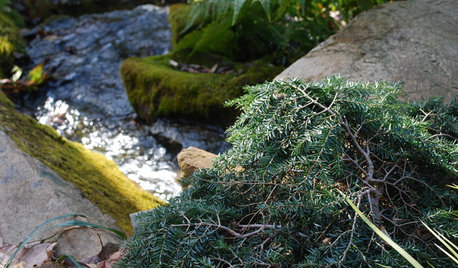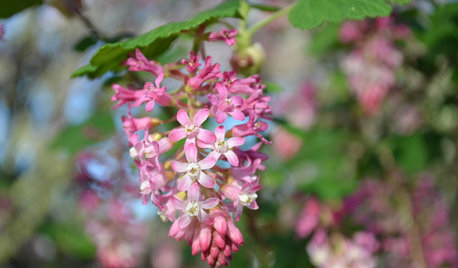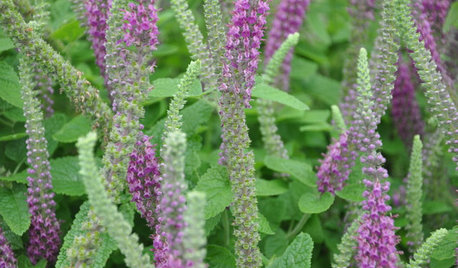Black Walnut immune roses?
donna_in_tn
16 years ago
Featured Answer
Sort by:Oldest
Comments (12)
jerijen
16 years agoRelated Professionals
Jennings Landscape Architects & Landscape Designers · La Marque Landscape Architects & Landscape Designers · Mitchellville Landscape Architects & Landscape Designers · Bainbridge Island Landscape Contractors · Bridgeview Landscape Contractors · Cerritos Landscape Contractors · Fair Oaks Landscape Contractors · Fruit Heights Landscape Contractors · Munster Landscape Contractors · Pleasant Prairie Landscape Contractors · Palos Heights Landscape Contractors · Drexel Hill Swimming Pool Builders · Fort Worth Siding & Exteriors · Ramona Siding & Exteriors · South Barrington Siding & Exteriorsbbinpa
16 years agobbinpa
16 years agojerijen
16 years agobodiCA
16 years agomkrkmr
16 years agorinaldo
16 years agobbinpa
16 years agobodiCA
16 years agobodiCA
16 years agobbinpa
16 years ago
Related Stories

COLORWake Up Your Woodwork With Black
Strike a dramatic note with black window frames, shelves, stairs and more, making features stand out or blend in
Full Story
SHOP HOUZZHouzz Products: Treat Your Rooms to Orange and Black All Year
It’s no trick. Furnishings and accessories in this bold color pairing keep spaces lively even after Halloween is over
Full Story
BROWNColor Guide: How to Work With Brown
It's all over nature and the decorating world too. From light latte to dark walnut, there's a brown for everyone
Full Story
GARDENING GUIDESGreat Design Plant: Tsuga Canadensis ‘Bennett’
Bennett Canadian hemlock thrives in shade and provides sculptural interest in eastern U.S. gardens
Full Story
GARDENING GUIDESGreat Design Plant: Feed Wildlife With Flowering Currant
Blossoms and berries make this plant irresistible to birds, bees and other critters — and a treat for the eyes too
Full Story
KITCHEN DESIGNThe Best Backsplashes to Pair With Wood Counters
Simplify your decision-making with these ideas for materials that work well with wood counters
Full Story
HOLIDAYSChristmas Tree Decorating the Painless Way
Holidays are for carols, not cussing. Make tree trimming less work and more fun with this guide at your side
Full Story
BATHROOM DESIGNTickled Pink in the Bathroom
We asked you to show us your vintage pastel bathrooms — and you responded with a tsunami of photos and comments
Full Story
GARDENING GUIDESTop 12 Summer-Blooming Perennials for Deer-Resistant Drama
Can you have garden color, fragrance and exciting foliage with hungry deer afoot? These beauties say yes
Full Story
FEEL-GOOD HOME9 Smells You Actually Want in Your Home
Boost memory, enhance sleep, lower anxiety ... these scents do way more than just smell good
Full StoryMore Discussions











mkrkmr